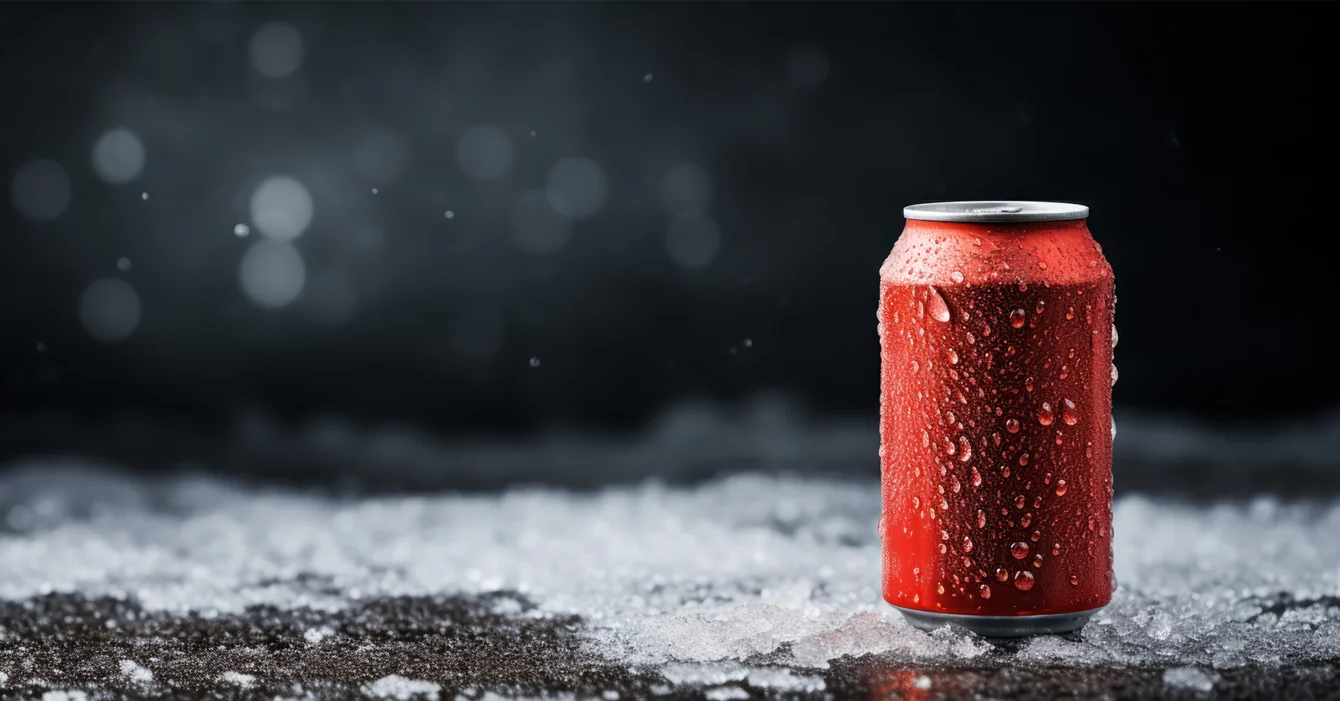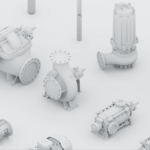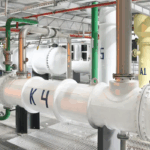Lightweight, durable, reliable, and the most popular among consumers—yes, it’s all about the aluminum can. The aluminum (or tin) can is not only a "tasty" alternative but also a convenient packaging solution for an active lifestyle. The growing demand for cans has led beer manufacturers to increasingly embrace this format.
Once upon a time, it looked nothing like the modern version. Early cans weighed over 35 ounces, roughly equivalent to a kilogram. Made from steel, they required a special knife to open. Nearly a century has passed since then. The first attempts to package beer in cans occurred in 1935 in the United States. By 1958, cans were made from aluminum, and just five years later, the pull-tab was introduced.
Why Do Ukrainians Prefer Cans, and Why Are Beer Manufacturers Switching to Them?
Based on the experience of Ukrainian brewers, there are clear differences between beer in bottles and cans. These include varying cost efficiencies, sales methods, logistics, and even consumer preferences—even if it’s the same beer from the same brewery.
Producers sought alternatives to glass packaging, which was prone to breaking when dropped and relatively heavy. The solution was found in the aluminum can. It’s lightweight, durable, reliable, and long-lasting. Additionally, it offers far more space for information compared to glass bottles.
Recently, the can segment has demonstrated double-digit growth rates and is becoming an increasingly noticeable format. For example:
- Manufacturers are expanding their range of canned products.
- Retailers are allocating more shelf space to cans.
- Consumers are increasingly choosing aluminum packaging.
This trend is primarily due to the preservation of product quality, as cans minimize contact with oxygen and sunlight, ensuring the beverage reaches consumers exactly as intended by the brewer.
Secondly, stacking and transporting cans is simpler and cheaper than bottles. This packaging allows for distribution to far-flung corners of the world and satisfies even the most discerning customers.
Thirdly, the shelf life of canned beer is generally longer than that of beer in glass bottles.
Fourthly, cans are lighter, reducing logistics costs by saving space and weight.
Finally, cans cool beverages faster than bottles and are recyclable, making them an environmentally conscious choice. By choosing this packaging, you’re contributing to the conservation of natural resources.
We offer state-of-the-art filling technologies for the beer sector as well as cider, wine, spirits, carbonated and non-carbonated beverages, and fruit juices. Our solutions are highly flexible, including depalletizers, filling blocks, pasteurizers, CIP systems, mixers-saturators, and palletizers.
We offer state-of-the-art filling technologies for the beer sector as well as cider, wine, spirits, carbonated and non-carbonated beverages, and fruit juices. Our solutions are highly flexible, including depalletizers, filling blocks, pasteurizers, CIP systems, mixers-saturators, and palletizers.We provide complete lines for carbonated and non-carbonated beverages in glass, PET bottles, or cans, offering turnkey solutions tailored to various needs. Average production capacity reaches 20,000 bottles per hour. Our engineering team supports you from design to the construction of a fully automated beverage plant. With these lines, you can automate and significantly speed up workflows, enhancing overall productivity.
Our machines perform all operations necessary for uninterrupted production, from dosing to packing finished products on transport pallets. They can also be equipped with specialized additional mechanisms or even entire systems.

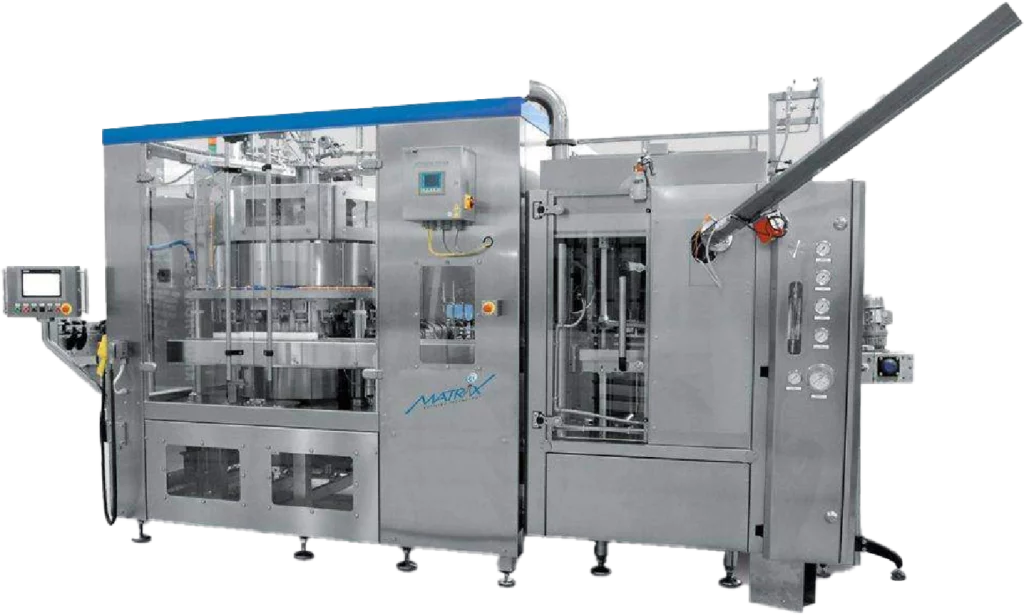
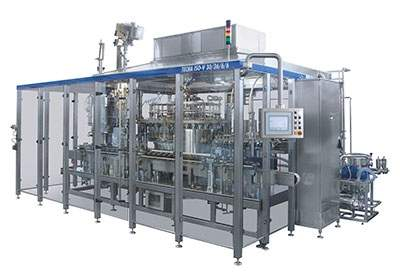
Have you set a global goal to switch to recyclable packaging or use materials that can be recycled by 2025? Do you need to modernize your filling lines? Don’t miss this opportunity—talk to our experts and learn about all the benefits you can expect. We are committed to partnering with you to make the goal of more sustainable packaging a reality.
Choose quality and optimize your space.
